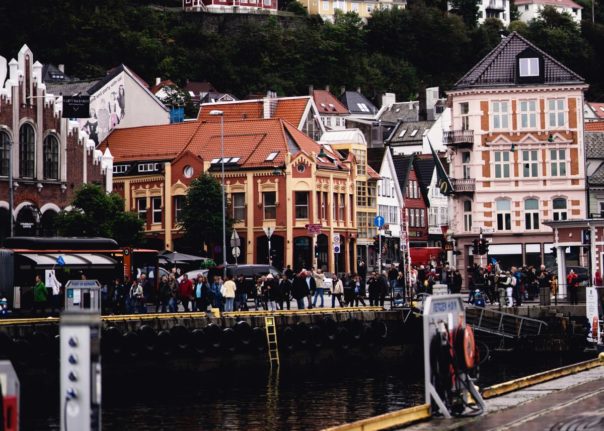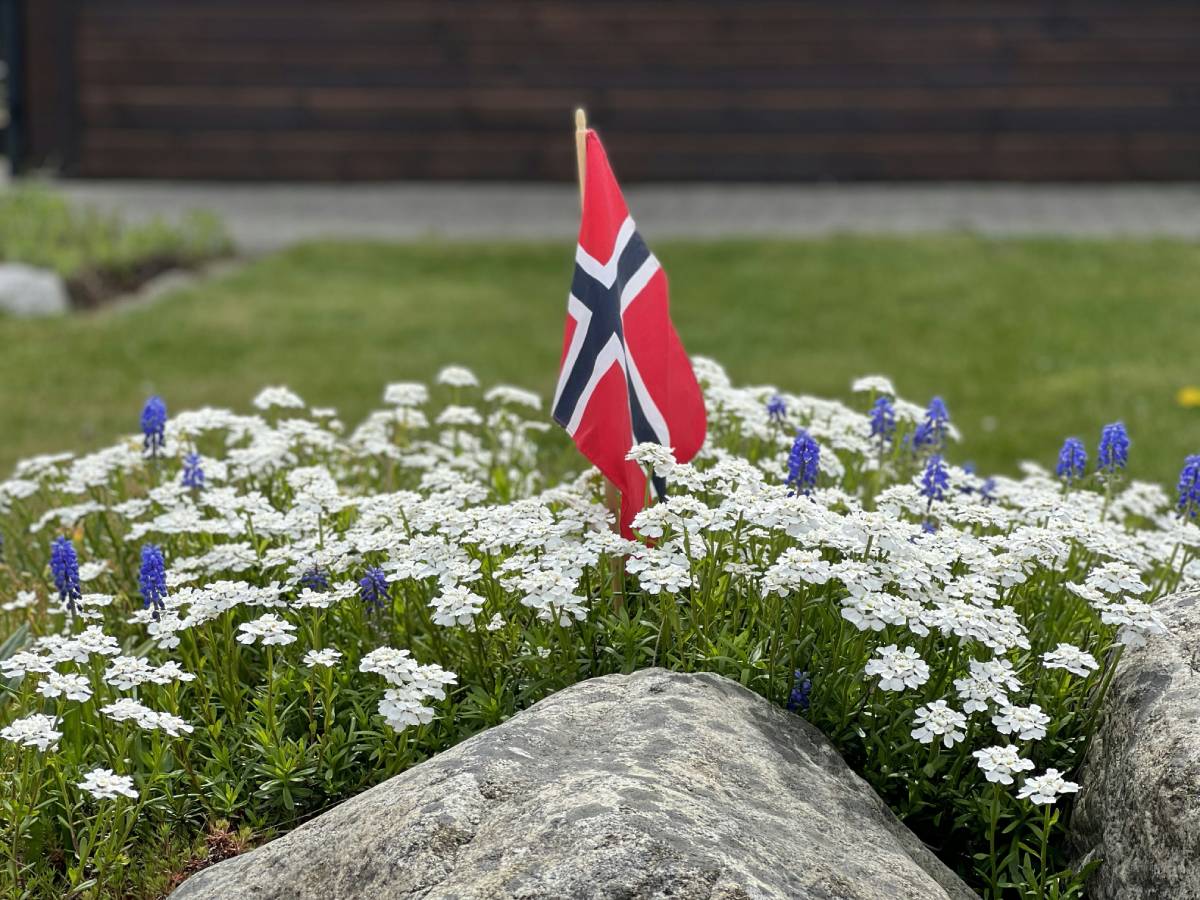The best piece of advice you can get if you need to familiarise yourself with the Bergen dialect (Bergensk) and slang is to be very patient – especially if you moved to Bergen from a Norwegian city or region with a different dialect.
Expect the transition to Bergensk to take a while – from a few months to a year, depending on your current level of fluency.
Furthermore, if you find yourself struggling, you might want to consider a local language course to help you master all the nooks and crannies of the dialect.
Don’t be too strict with yourself – the city’s dialect often poses hurdles for even native Norwegians from other parts of the country. Just put in the time and practice. Eventually, you’ll get the hang of it.
However, if you’re starting out, learning about the dialect’s pronunciation and grammatical peculiarities can be a great starting point.
The distinctive Bergen dialect
Venturing from Oslo’s dialect – which is the one generally taught at language courses in Norway – to Bergen’s can be a thrilling yet challenging experience, primarily due to distinct pronunciation differences.
At the heart of Bergen’s dialect lies its closer alignment with Nynorsk, one of Norway’s two written language standards (along with Bokmål).
READ MORE: Bergensk: A beginner’s guide to the Bergen dialect
The Bergen dialect has several pronunciation characteristics that differentiate it from other Norwegian dialects.
First is the distinctive “r” sound. Unlike the rolling “r” found in eastern and northern Norway, Bergen’s “r” takes on a uvular tone.
This means the Bergensk dialect lacks retroflex sounds like “rd,” “rl,” and “rt”, as these sounds exist only in dialects with a rolling r-sound. Instead, these combinations retain their separate pronunciations.
Another standout feature is the unique treatment of the “kj” sound. Typically, Norwegians have a specific way of pronouncing “kj”.
However, in Bergensk, it aligns more with “sj” or “skj” sounds, resulting in a “sh” pronunciation. Words like “kjøtt”, “kjøpe”, and “ikkje” transform to “shøtt,” “shøpe,” and “ishe” respectively.
Additionally, it’s worth noting that the Bergen dialect stands apart with its two grammatical genders, while most other Norwegian dialects use three.
The local slang in practice
Blending traditional Norwegian elements with contemporary urban jargon makes Bergen’s slang a somewhat unique code to crack.
But fear not; with enough practice, you’ll drop Hallaiens and take out the boss (English: trash) like a real Bergenser.
To start off, it’s good to get to know some of the basic slang expressions.
Let’s say you meet an acquaintance or friend while roaming the city’s harbour. You might want to say “Hallaien” (in Bokmål: “Hallo”/”hei” – “Hello!”) or “Ke det gåri?” (in Bokmål: “Hva skjer?” – “What’s up?”).
Later on, you’ll find yourself at a bus stop in the city centre. While you’re waiting for the bus, your friend decides to go to Narvesen to buy a cup of coffee.
Unfortunately, they’re taking their time, and the bus is just a few minutes away from arriving, so you run to the store and yell to your friend, “Dryl’an!” (in Bokmål: “Fort deg!” – “Hurry up!”)
Luckily, you both manage to get on the bus. Your friend asks you: “Ka ska vi gjøre i siden?” (in Bokmål: “Hva skal vi gjøre senere?” – “What will we do later?”)
Now, you’re discussing options for an evening in the city later in the day.
Your friend is amused by your suggestion to hang out at a karaoke bar situated close to the Blue Stone in the centre, so they exclaim: “Knall i padden!” (in Bokmål: “Kjempebra”/”kult”/”veldig gøy” – “Super fun!”)
And with that, the evening has been planned out.
Some often-used slang words and expressions
Boss (in Bokmål: “søppel” – trash); Bossmann (in Bokmål: “personen som henter søppelet” – “the trashman”)
Flaisen / fleisen (in Bokmål: “ansiktet” – “face”)
På snei (in Bokmål: “I svært god stemning” – “In a very good mood”)
Den e’ brun (in Bokmål: “Den er grei” – “That’s fine”)
Sitte seg ut for (in Bokmål: “risikere, sette seg i gjeld” – “Take on risk or debt”)
Å ta det på gefylen (in Bokmål: gefylen = magefølelse, intuisjon – “To base something on your intuition or gut feeling”)
Belite seg (in Bokmål: “Gi seg” – “Give up or admit you were wrong”)
Fyre (in Bokmål: “Drikke mye alkohol i løpet av relativt kort tid” – “Drink a lot of alcohol in a relatively short time span”)
Gå te pises! (in Bokmål: “Gå til helvete!” – “Go to hell!”)
If you want to dive in deeper, Bergen Municipality has compiled a great and detailed overview of dialect and slang expressions on its website.




 Please whitelist us to continue reading.
Please whitelist us to continue reading.
Member comments